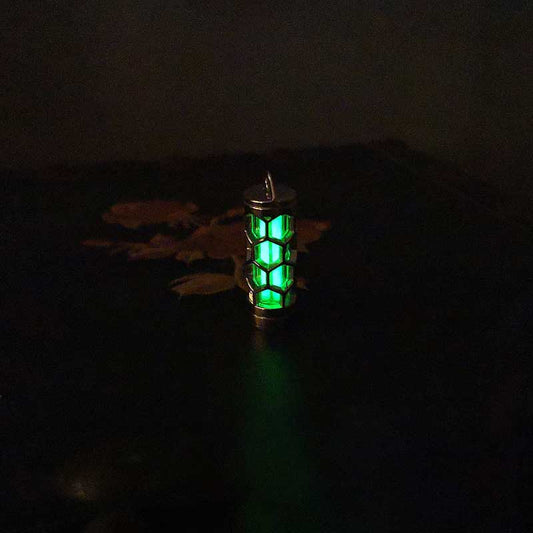The Fascination Behind the Worlds Largest Cut Diamond
The Fascination Behind the Worlds Largest Cut Diamond
Walking through a dimly lit gallery inside a renowned museum, I once found myself drawn to an incredibly captivating display. The gem sparkled despite the subdued lighting, its angles catching just enough light to send shimmering rainbows across the exhibit. This gem was none other than the Cullinan I, also known as the Great Star of Africa, which holds the title of the world's largest cut diamond. It's hard to describe the feeling of seeing something so brilliantly pure—almost like staring into the heart of a star.
The Cullinan I is a marvel not only for its size, weighing in at 530.2 carats, but also for its exceptional clarity and color. Originating from a rough diamond discovered in South Africa in 1905, believed to be the largest gem-quality rough diamond ever found, the Cullinan was gifted to King Edward VII. The diamond was then sent to Amsterdam for cutting and polishing, a decision perhaps reflecting the craftsmanship reputation of Dutch diamond cutters at the time. It's fascinating how geography, history, and culture merge in the world of gemstones, with each diamond's journey as unique as a fingerprint.
When my grandmother would tell me stories of diamonds as a child, her eyes would light up with the same glow as the gems she described. She often spoke of the immense pressure required to form them, a metaphor she pointed out for life's challenges shaping us into who we are. While running my fingers over old books about famous diamonds and legendary discoveries, I feel that same connection—a reminder that beauty often has its roots in intensity and transformation.
But back to the Cullinan I: nestled in the Royal Sceptre, it’s part of the British Crown Jewels. There's something almost deliciously rebellious about wearing luxury that represents both history and rebellion. Diamonds have often been at the center of political intrigue and national pride, their presence in the Crown Jewels continuously sparking debates over rightful ownership.
This particular diamond, with its rich backstory and royal associations, is a testament not just to grandeur but to an era when the world was still being explored, and the treasures of the earth were seen as infinite. Yet, despite its impressive pedigree, there's a personal intimacy to witnessing it in person. You can't help but wonder about the hands that have touched it, the eyes that have admired it, and the countless conversations it has inspired.
So, if you ever get the chance to stand before the Great Star of Africa, take a moment to ponder its journey. From the depths of the earth to the heart of a nation, it whispers stories of transformation, resilience, and timeless beauty. Much like the diamonds my grandmother spoke about, it’s a reminder that even the greatest treasures are forged under pressure—a comforting thought amidst life's inevitable challenges.































